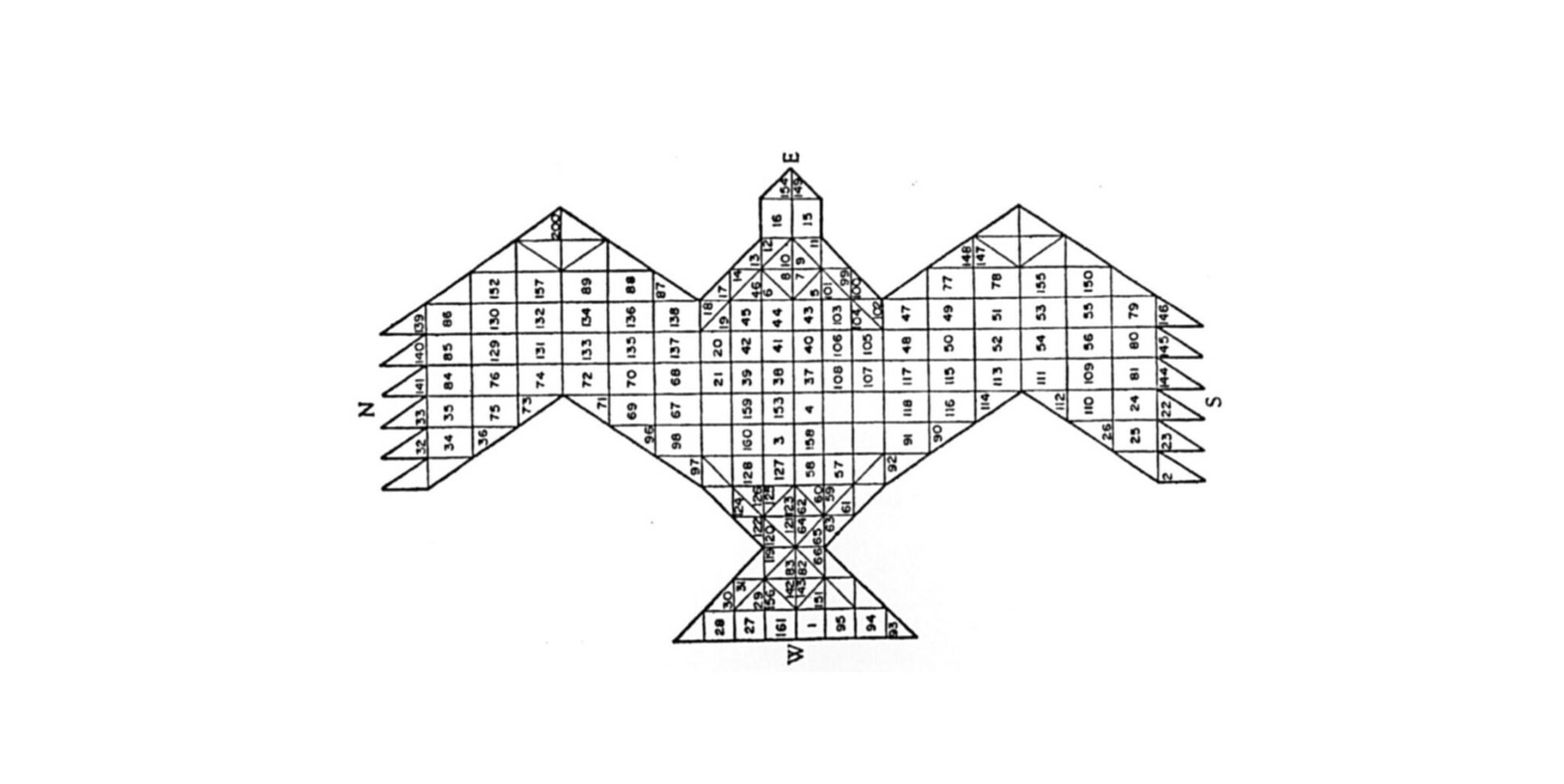AI has a 3,000-year history

In this article from the ever-fascinating e-flux Journal, Matteo Pasquinelli article traces AI back to ancient practices involving, he argues, rituals and spatial arrangements as early forms of algorithms.
Pasquinelli points out that Vedic fire rituals (with precisely arranged bricks) is an example of early societies using counting, geometry, and organised spaces to encode knowledge and social order. He explains that algorithms emerged from these physical, ritual actions rather than — as we may have assumed — purely abstract mathematics.
What I like about this article is the way he links this to the way space and power interconnect. Sorting and mapping people and land is a form of computation with social consequences. So modern AI, and in particular neural networks, continues and extends the age-old practice of using encoded rules embedded in physical and social environments.
AI infrastructure is an embodiment of the existing social order and control and, as such, reminds us that algorithms are not neutral but rather deeply political and spatial systems rooted in history.
What people call “AI” is actually a long historical process of crystallizing collective behavior, personal data, and individual labor into privatized algorithms that are used for the automation of complex tasks: from driving to translation, from object recognition to music composition. Just as much as the machines of the industrial age grew out of experimentation, know-how, and the labor of skilled workers, engineers, and craftsmen, the statistical models of AI grow out of the data produced by collective intelligence. Which is to say that AI emerges as an enormous imitation engine of collective intelligence. What is the relation between artificial intelligence and human intelligence? It is the social division of labor.
Source & image: e-flux Journal